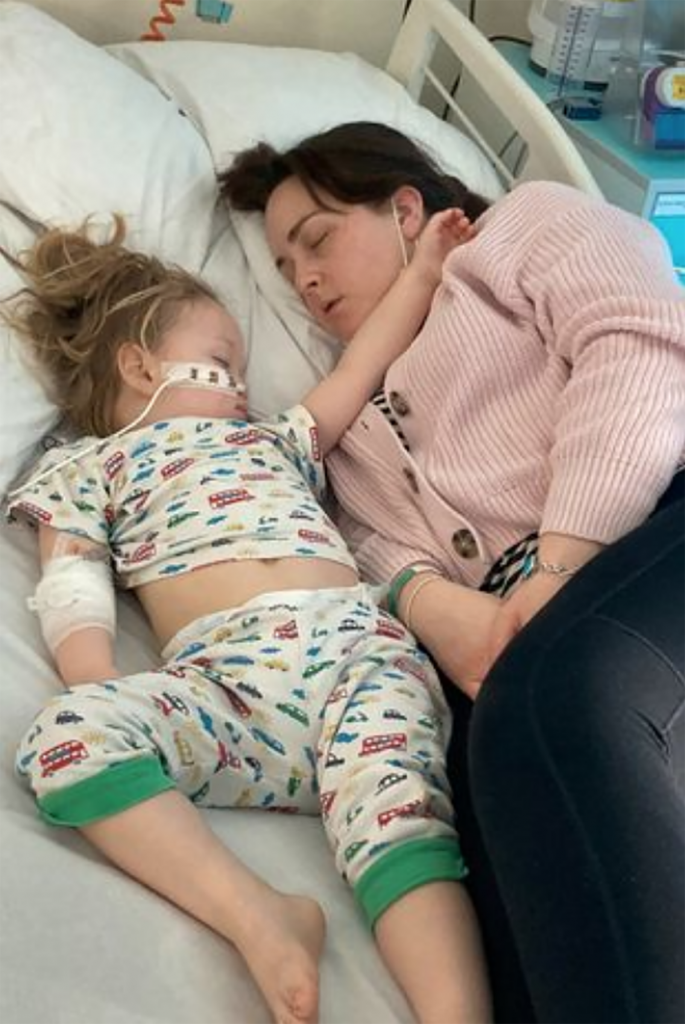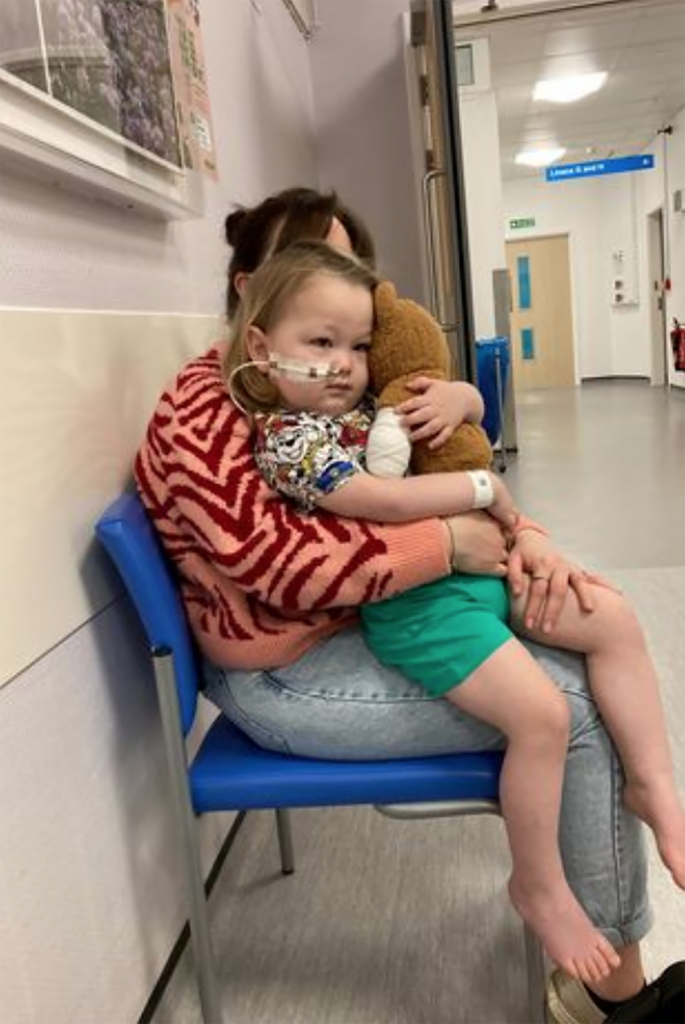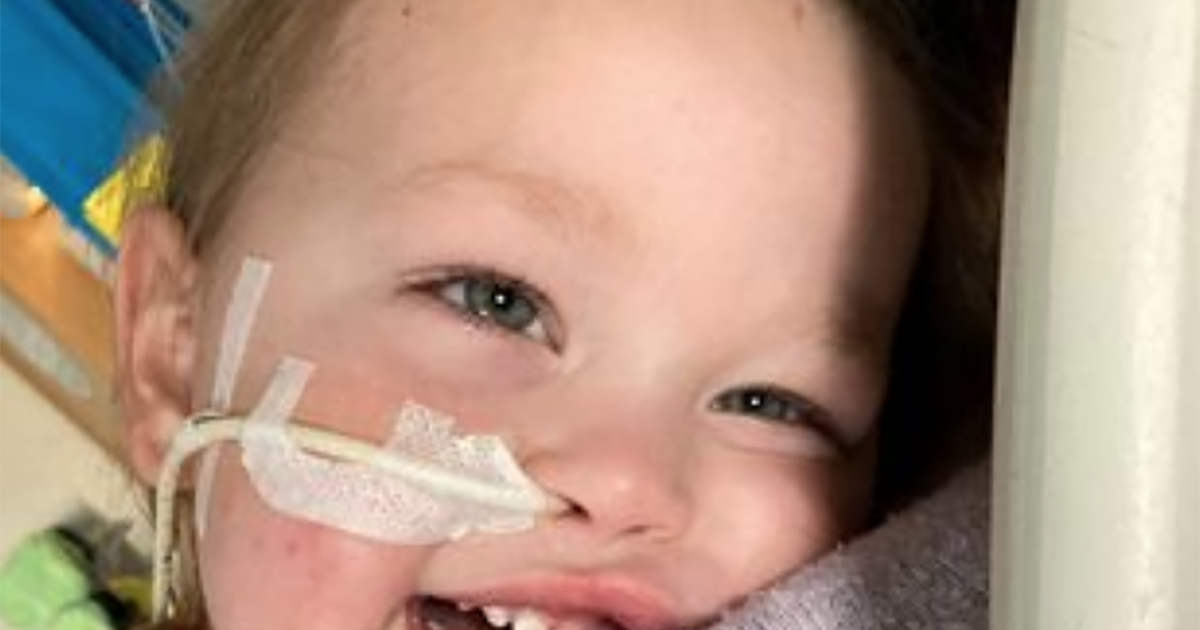Understanding Brain Cancer
- A young boy's brain cancer symptoms were allegedly dismissed as "attention seeking" behavior before he and his parents received his real diagnosis.
- Brain tumors account for 85% to 90% of all primary central nervous system (CNS) tumors. The central nervous system consists of the brain and spinal cord and acts as the main "processing center" for the entirety of the nervous system.
- There are many different types of brain cancer. Some types of brain and spinal cord tumors are more likely than others to spread into nearby parts of the brain or spinal cord.
"It was a huge shock," 3-year-old Arthur Ridout's father, Simon, told The Mirror of his son's cancer diagnosis. "We did a lot of crying."
Read More
"Lauren went down a slide with him on her lap and when they got to the bottom, he was dizzy and wanted to lie down in the dirt," Simon said.
"When they got to (the hospital), they saw a few different medics and one of them suggested that Arthur could have been attention-seeking, which made us really cross," he added.
They were discharged from the hospital but two days later found themselves back in the same place. This time, they were there to see an optometrist and Arthur was scheduled for a scan the next day, and that scan revealed the real cause of his symptoms.

The scan revealed a brain tumor the size of a plum. The discovery prompted the family to be sent to a nearby children's hospital.
"When we got there, we met a surgeon, who explained that Arthur’s tumor was causing hydrocephalus, a build-up of fluid resulting in pressure on the brain," Simon said.
He was diagnosed with medulloblastoma, which is the most common type of cancerous brain tumor in children.
Little Arthur had five lumbar punctures (when a hollow needle is inserted into the space surrounding the spinal column in the lower back to withdraw some cerebrospinal fluid or inject medicine) to confirm his cancer hadn't spread. He then underwent an emergency surgery to relieve the cranial pressure.
Two days later, he underwent another surgery this one 13 hours long to remove the tumor growing in his head. The surgery was a success, however, he developed posterior fossa syndrome, which is a collection of neurological symptoms that occur following surgical resection of a posterior fossa tumor, and is characterized by either a reduction or an absence of speech.
Little Arthur had to learn to eat, walk and talk again, as well as go through six weeks of radiation treatment. He can now move using a walker.
But his fight isn't over yet. He'll soon begin the first of eight rounds of chemotherapy to prevent his brain cancer from coming back.

"It's been a life-changing few months for my family and it's given me a new perspective on everything," Simon said.
"Before Arthur's diagnosis, I spent a lot of my life working and probably not enough time with my wife and children," he added.
"I'm re-assessing everything now and family life will definitely be prioritized."
Understanding Brain Cancer
According to the American Society of Clinical Oncology (ASCO), brain tumors account for 85% to 90% of all primary central nervous system (CNS) tumors. The central nervous system consists of the brain and spinal cord and acts as the main "processing center" for the entirety of the nervous system, according to the American Cancer Society (ACS).
Normal function of the brain and spinal cord can become difficult if there's a tumor present that puts pressure on or spreads into nearby normal tissue.
There are many different types of brain cancer. Some types of brain and spinal cord tumors are more likely than others to spread into nearby parts of the brain or spinal cord. Slow-growing tumors may be considered benign, but even these tumors can cause serious problems.
Related: Can Cell Phones & 5G Cause Cancer? A Leading Brain Cancer Doctor Says ‘No’
Arthur's type of brain cancer is called medulloblastoma, which is a cancerous (malignant) brain tumor that starts in the lower back of the brain, called the cerebellum. The cerebellum is involved in muscle coordination, balance and movement, hence why the toddler needed to learn to eat, walk and talk again.
This type of brain cancer can occur at any age, but most often occurs in young children, like Arthur. And although medulloblastoma is rare, it’s actually the most common cancerous brain tumor in children, as previously mentioned.

How to Cope When Your Child Has Been Diagnosed With Cancer
If your child is diagnosed with childhood cancer, it may seem like the dreams you have for your family are falling apart. It’s important to try to keep a level head after you’ve fully felt all of your emotions around the diagnosis.
The Value of Using a Social Worker During Treatment
But it’s also important to feel all of those emotions that come along with receiving a childhood cancer diagnosis.
As a parent, remember that you’re not alone in this journey; your child's oncologist and care team are there to guide you and provide information and answers.
Oncological social workers are a fantastic resource to help you sort out the financial aspects of cancer treatment, as well as other cancer-related issues. Skilled psychologists and counselors can be accessed to help you maintain good mental health through your child's cancer journey, to the best of your ability.
And don’t be afraid to reach out to your support system friends, family, etc. for help through this process. No one expects you to handle everything on your own.
Contributing: Abigail Seaberg
Learn more about SurvivorNet's rigorous medical review process.


